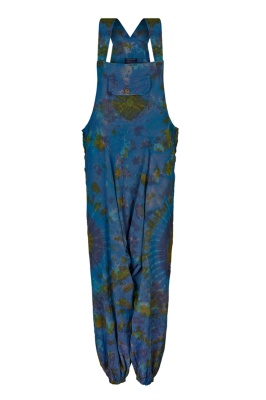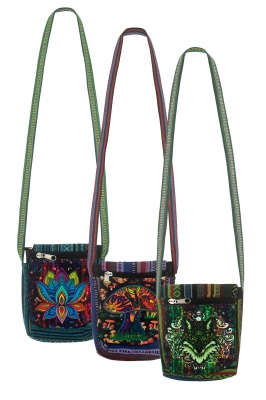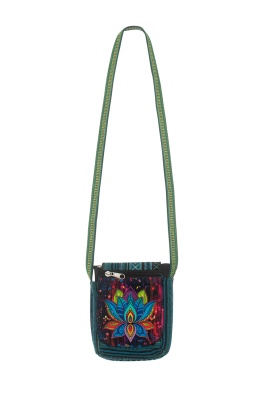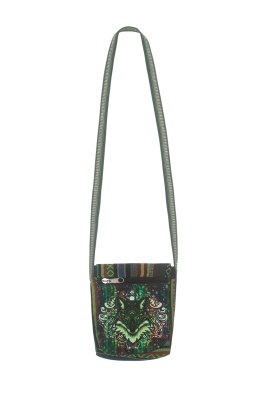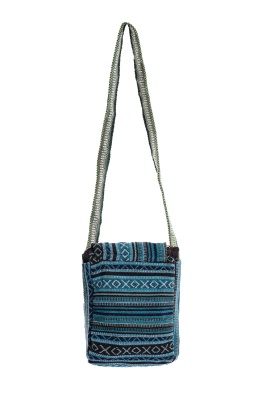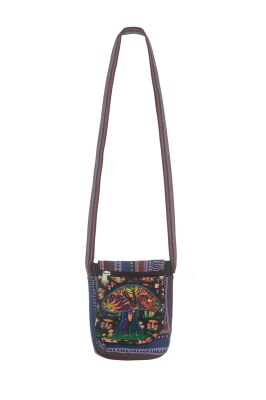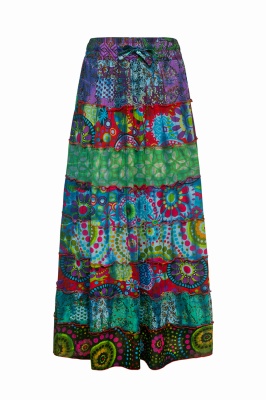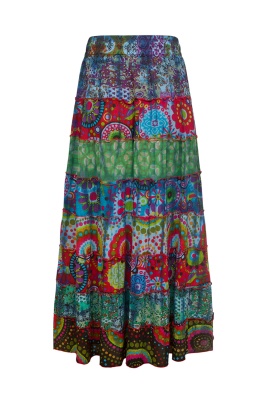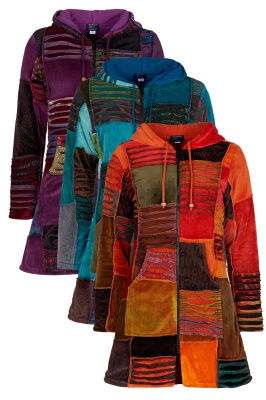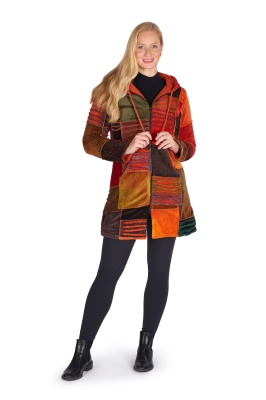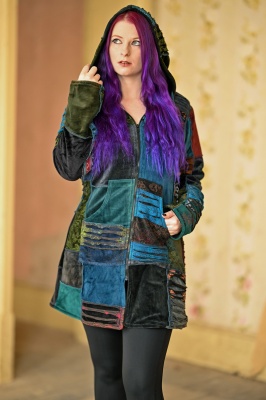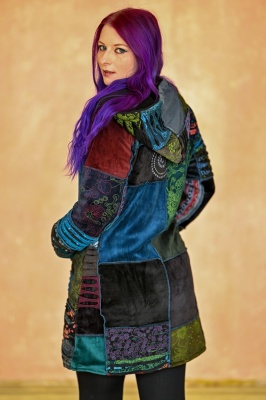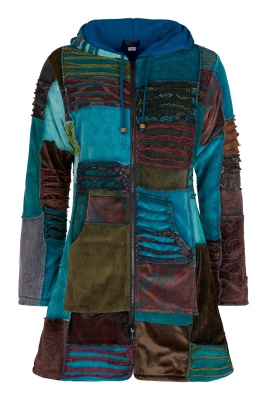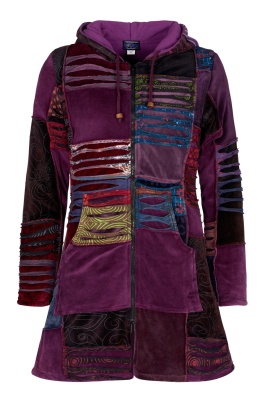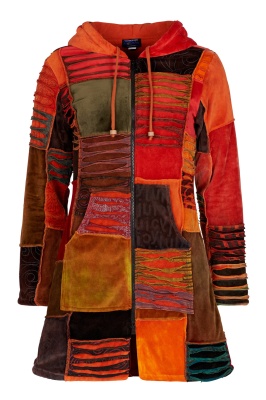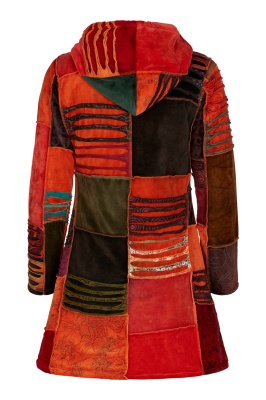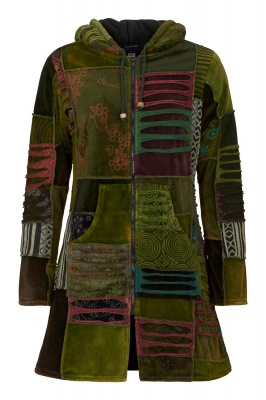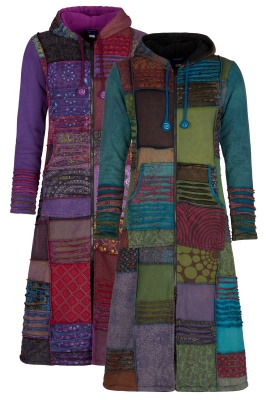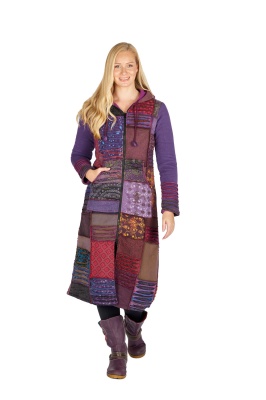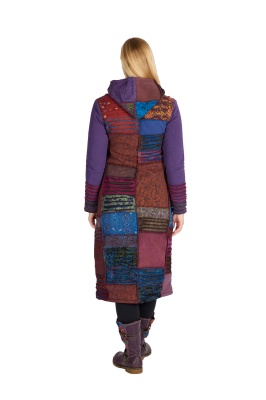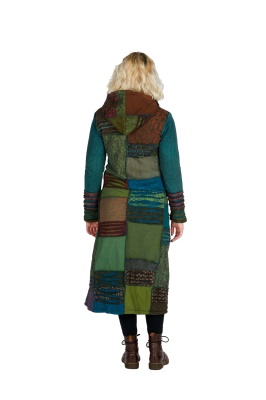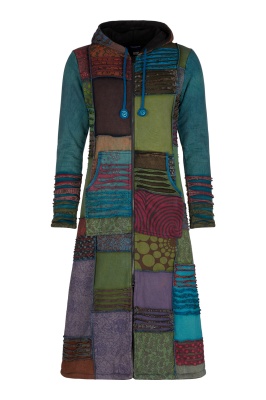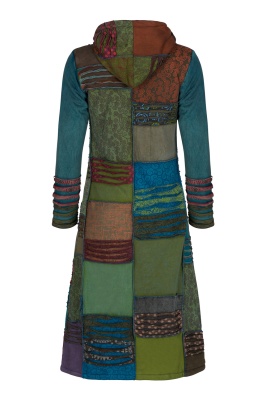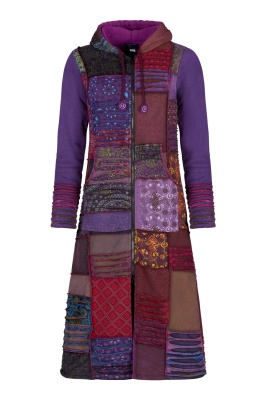The History of the Hoodie – Feared, Loved, Worn by the World
We love hoodies, and we sell a wide range of gorgeous ones in rainbow colours, some embroidered and embellished, some razor-cut and appliquéd, some painted with cool designs. At one time hoodies were synonymous with the fear of antisocial behaviour, causing a moral panic in the gutter press. Thankfully all that nonsense has died down, leaving us with a hugely practical garment worn by millions of perfectly harmless people around the world, something affordable, warm, cosy, stylish and practical. So what's the history of the hoodie?
Originally invented for New York labourers
Apparently our favourite garment has very humble origins. Champion Products, originally the Knickerbocker Knitting Company, says they made the world's first ever hooded sweater back in the 1930s, made from thick underwear material. They sold it to New York labourers working outdoors in freezing temperatures through winter. It didn't take long before Champion's hoodie was being sold into US schools for football and track athletes to wear on the sidelines in cold weather, and a legend was born.
Before long the hoodie took hold in the USA with a vengeance. It was all thanks to the trend for athletes giving their track gear to their girlfriends. Back then schools were a breeding ground for fashion, and sportswear fast became the go-to style for millions of young people over the Atlantic. It wasn't adopted by mainstream fashion in the UK until the 1990s, when it broke onto the scene in the most remarkable and dramatic way, fast becoming the go-to garment for everyone under the age of thirty.
Hoodies in the '70s
Before then, in In the mid-'70s when hip-hop culture was emerging in New York City, the hoodie popped up as the coolest item of street wear, something to aspire to, to look up to. Graffiti artists hid their faces behind their hoods and break-dancers wore hoodies to stay warm outdoors. The notorious 'stick-up-kids' were amongst the early adopters in NYC, gangs of muggers who had a very good reason to hide their identity. But there was more to it than hiding your face. Hoodies were cheap, easy to wash and care for, and they kept your head warm. Before long the skateboarding community, also feared by the tabloid media, joined in and adopted hoodies as their own.
When gangsta rap and hoodies went hand in hand
Roll time forward to the '90s and hard-edged gangsta rap hit the music scene, headed by people like Wu Tang Clan and Cypress Hill and demanding its own unique dress code. Take a look at the 1993 album Enter the Wu-Tang for an extreme hoodie depiction that probably fuelled the media's growing fear all on its own.
Fashion designers like Tommy Hilfiger and Ralph Lauren were inspired by the trend for rebellious street wear and released collections of their own, bringing the hoodie full circle from street level to couture.
Feared and loved in equal measure
The hoodie's fearsome reputation lived on for many years. Some schools and colleges even banned them, as did plenty of nightclubs. The US National basketball Association banned hoodies on 2005 and they remain banned. Few items of clothing come with the same cultural baggage. Maybe the Punk movement's bondage trousers hit the same kind of mark, but they only lasted a fraction of the time, hardly the most practical garment.
The not-so-humble hoodie enjoys a long and rebellious history studded with youth and music movements, often with a criminal subtext. But we sell hundreds of hoodies to our pagan, wiccan, hippy, gypsy and boho style-loving customers, a bunch of really nice, peaceful people. Let's hope the hoodie enjoys another


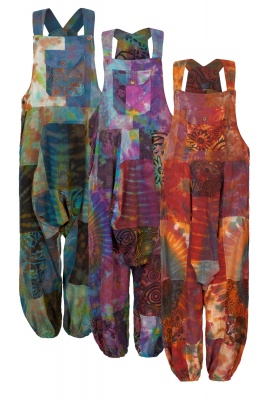

.jpg)
.jpg)
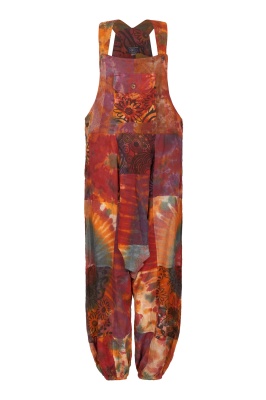
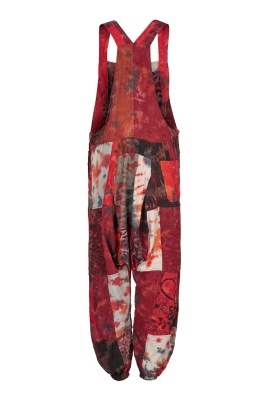
.jpg)
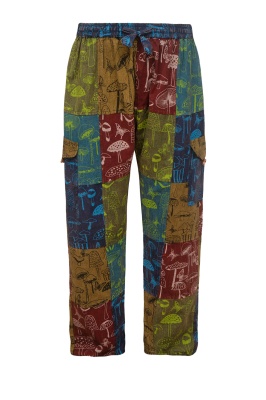
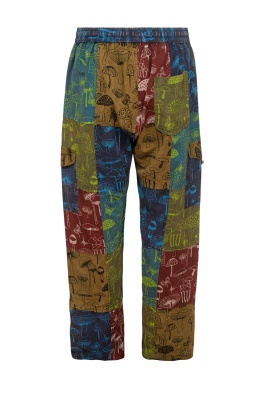
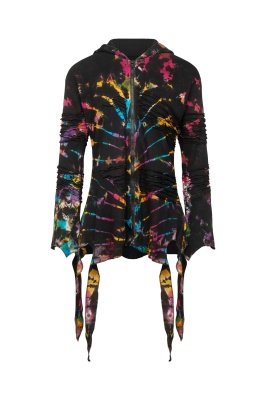
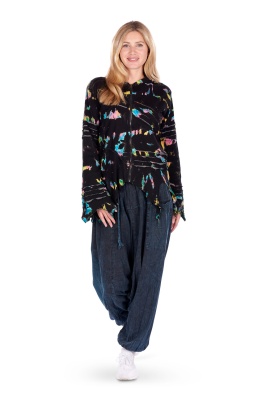
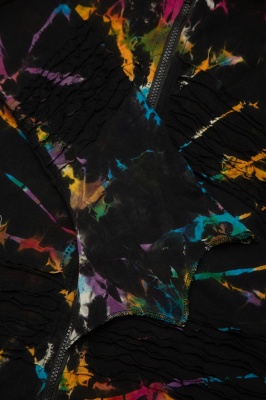
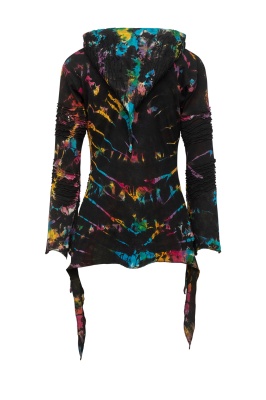
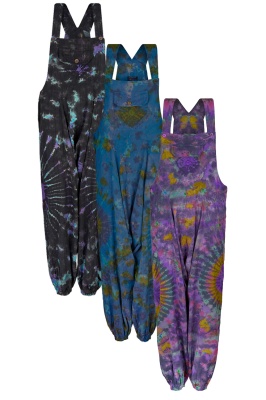
.jpg)
.jpg)
.jpg)
